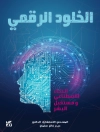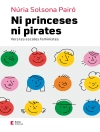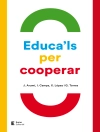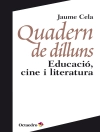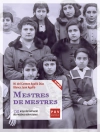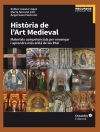This book focuses on the design and architecture of ubiquitous learning environments, associated technologies, various learning scenarios supported by these environments, and different contexts that arise in environments where the seamless immersion of formal and informal activities and interactions has the potential to contribute to the learning process. With particular focus on adaptivity for individual learners, the book explores the diminishing boundaries of formal and informal learning, and the potential of location-aware context-sensitive approaches that are emerging as successors to the Web 2.0 paradigm.
Tabela de Conteúdo
FIRST PART: Foundations of emerging pedagogies .- Complex systems and knowledge building .- Beyond time and space constraints: networking tools and learning spaces .- The dialogue between emerging technologies and pedagogies .- From pedagogy to ‘heutagogy’ and lifelong learning .- Characteristics of the ecology of learning .- SECOND PART: Learning Designs for emerging pedagogies.- Conceptualisation of design: from instructional design to learning design. – User-cantered design, participatory design and co-design. – Design representations and tools. – The ecology of resources. – THIRD PART: Adaptive and personalized ubiquitous learning.- Personal Learning Environments.- Intelligent and personalized learning.- Authentic learning in ubiquitous learning environment.



